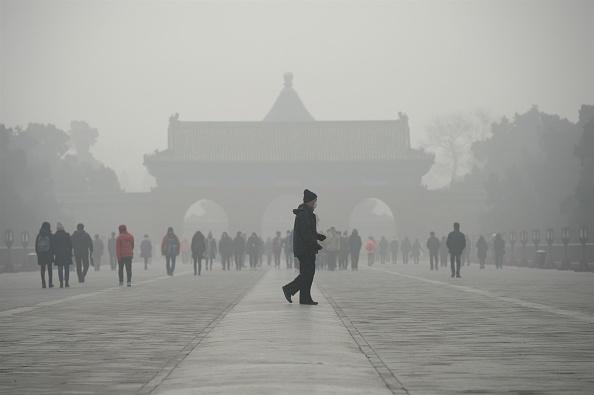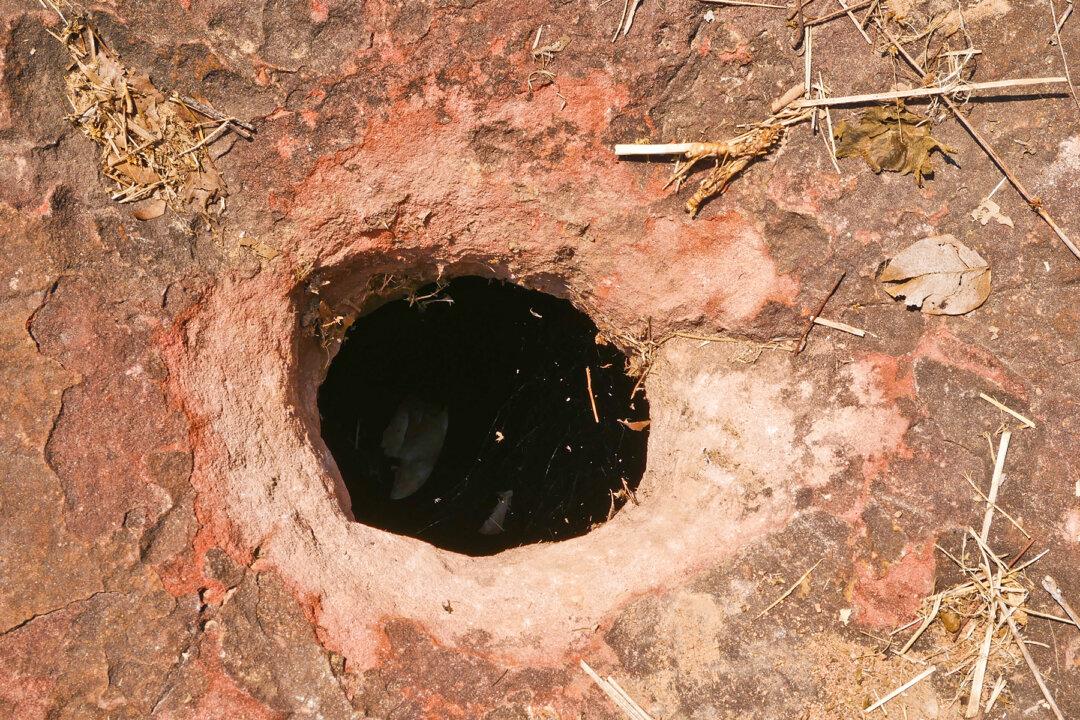Beijing is once again enveloped by heavy smog, raising concerns about serious air pollution. From March 26 to 28, the city was under “orange alert.” China has a four-color alert system, from least to most severe: blue, yellow, orange, and red. An orange alert indicates that smog has decreased visibility to less than 1.24 miles and the relative humidity is less than 80 percent, or when the density of particles smaller than 2.5 micrometers—known as PM2.5—has reached between 500 and 700 micrograms per cubic meter.
While the U.S. Department of State air quality monitor indicates it’s hazardous when the density of PM2.5 reaches between 301 and 500, advising for people to avoid outdoor activities, above 500 indicates “extremely high levels.”




